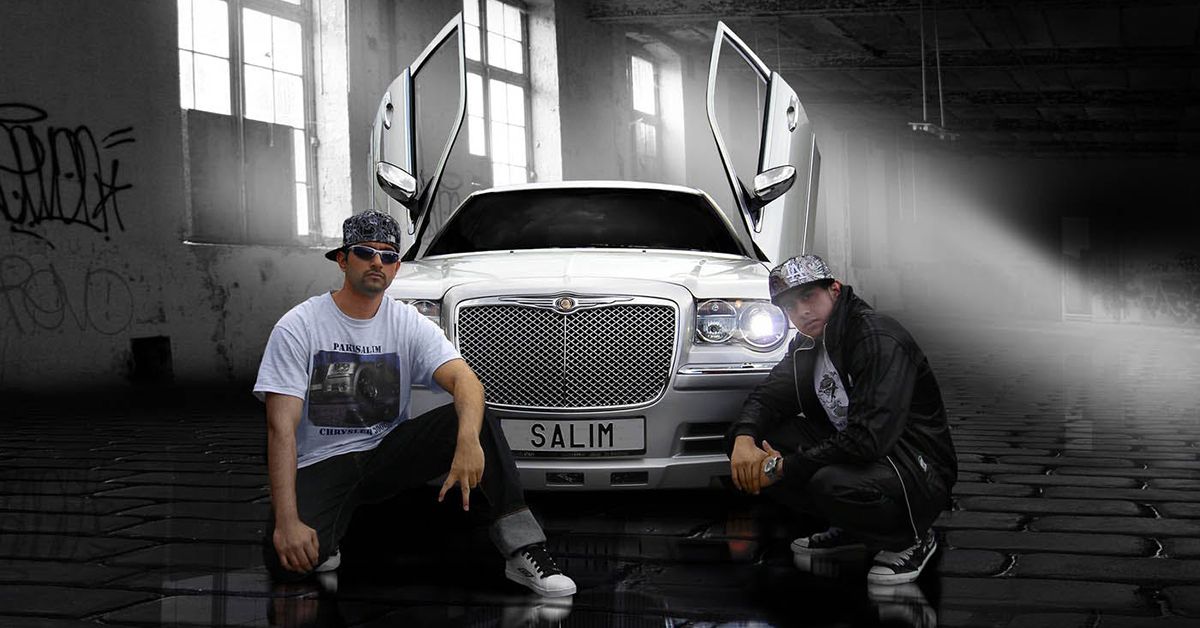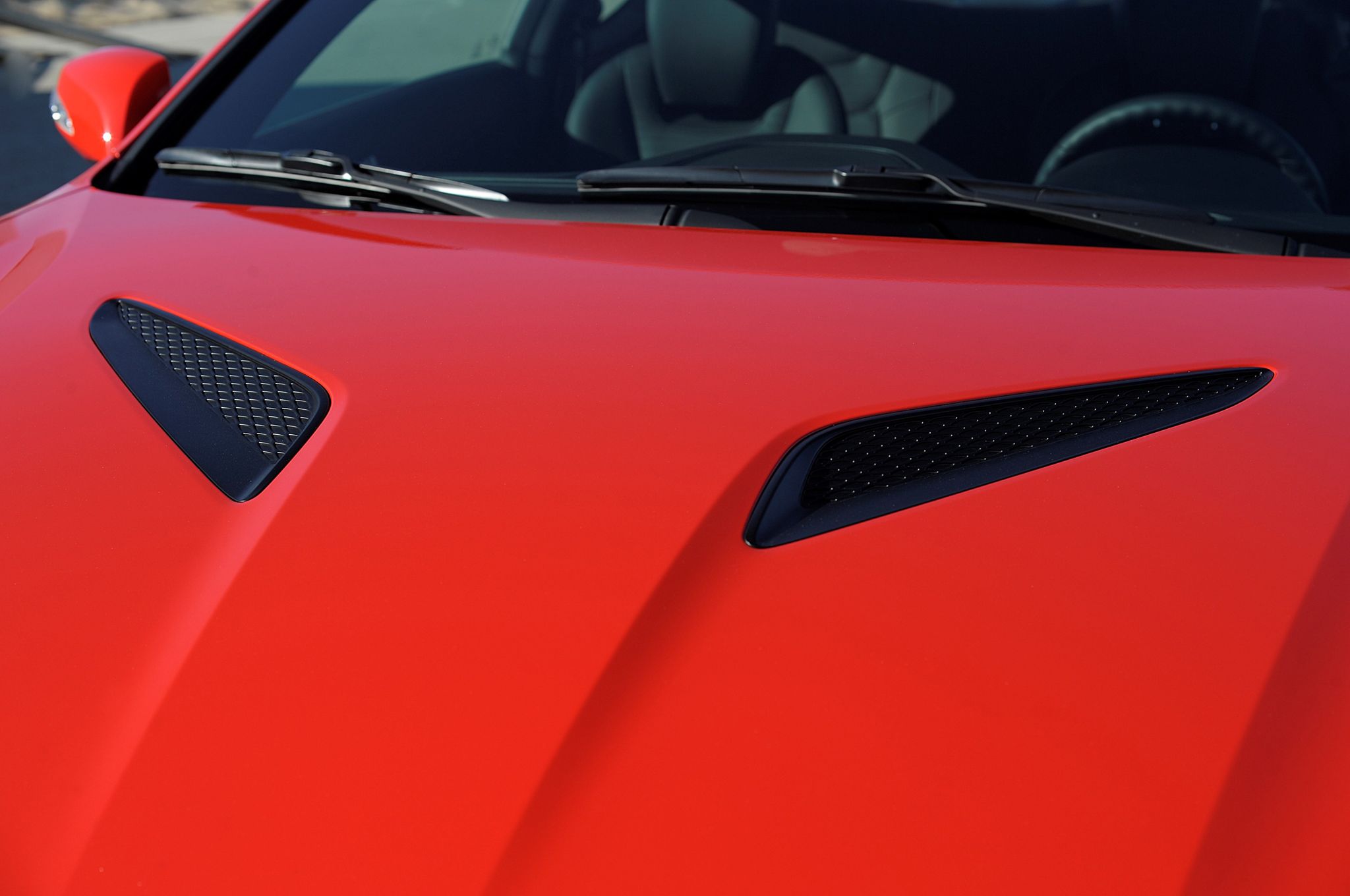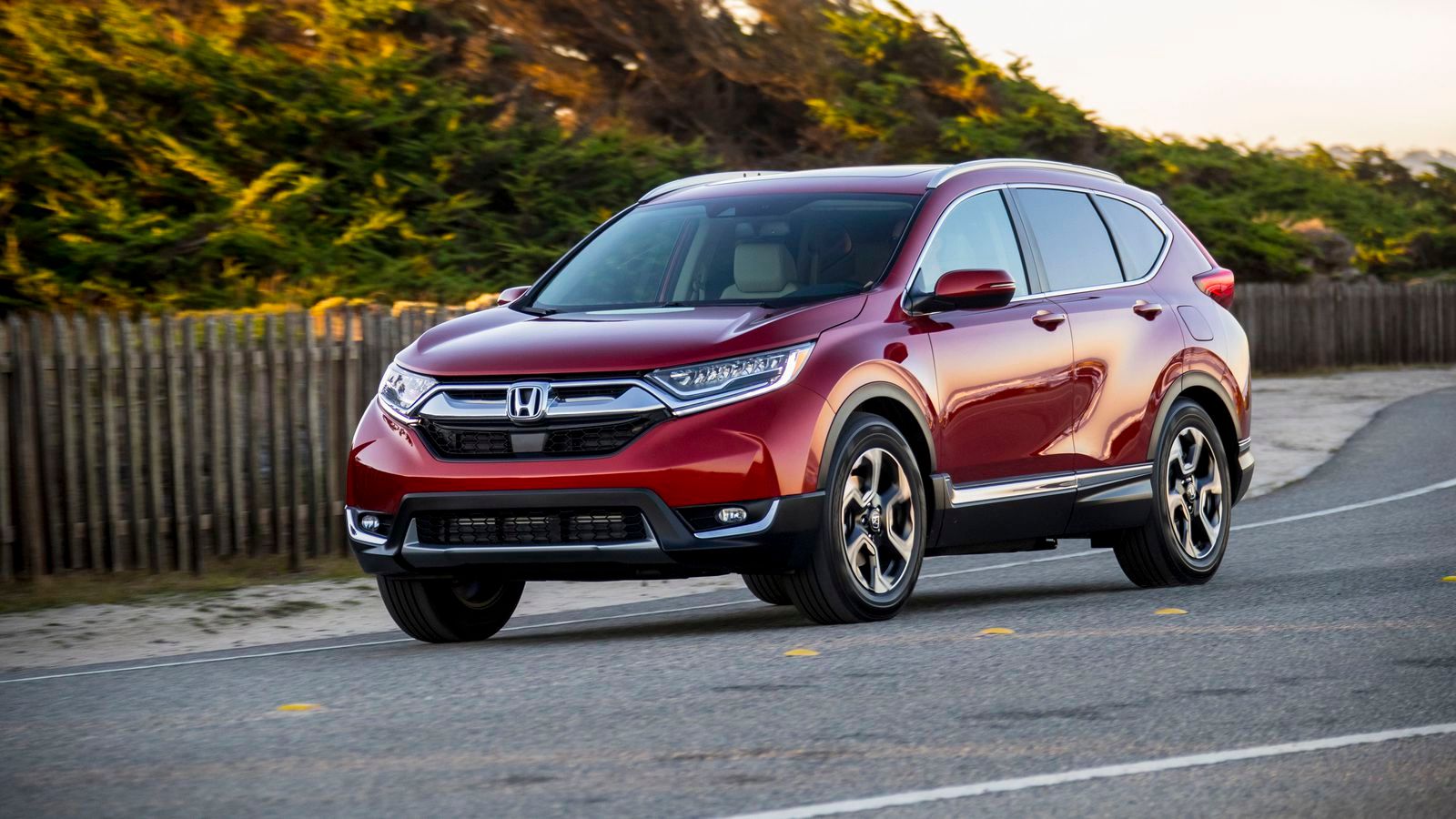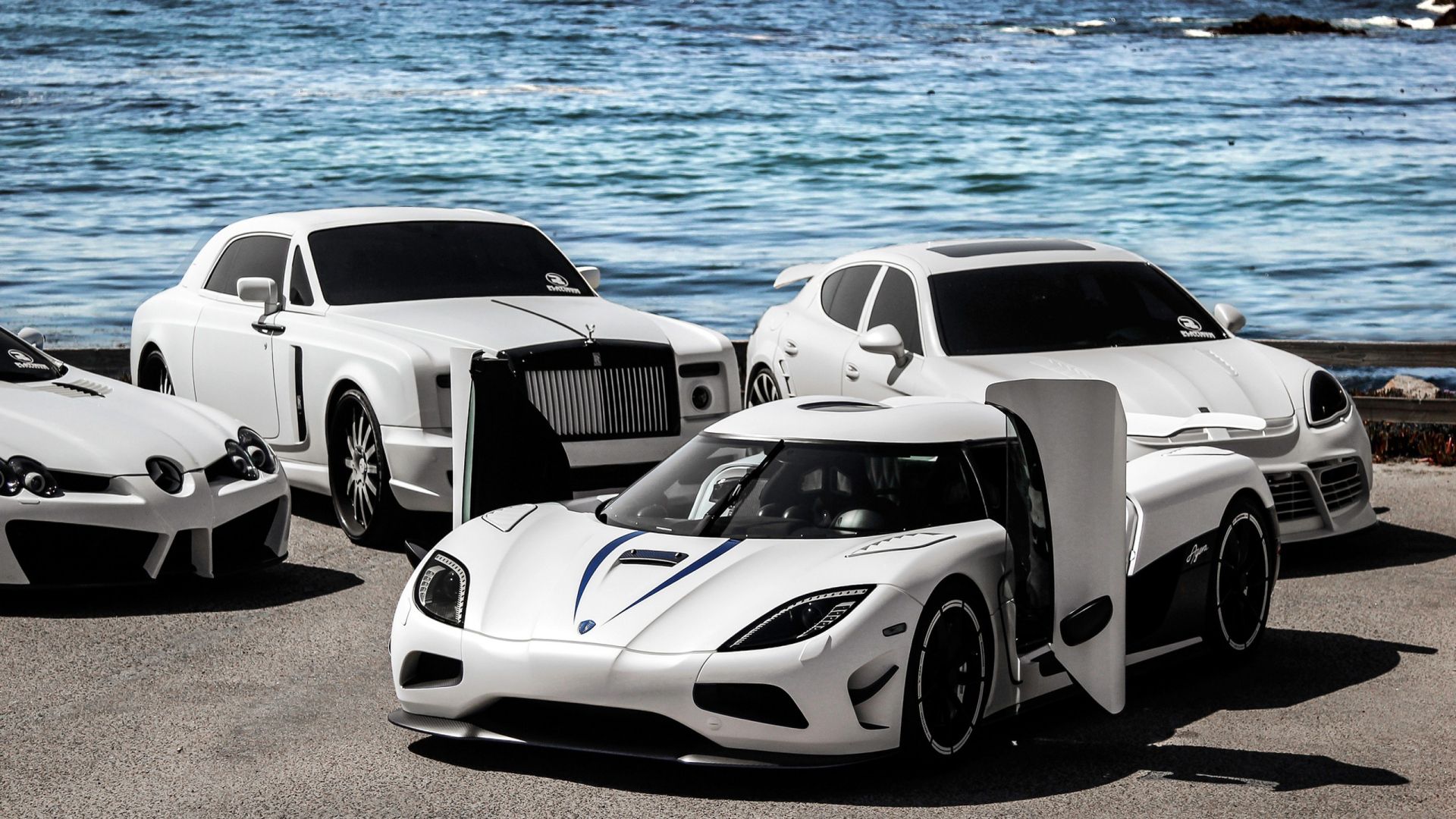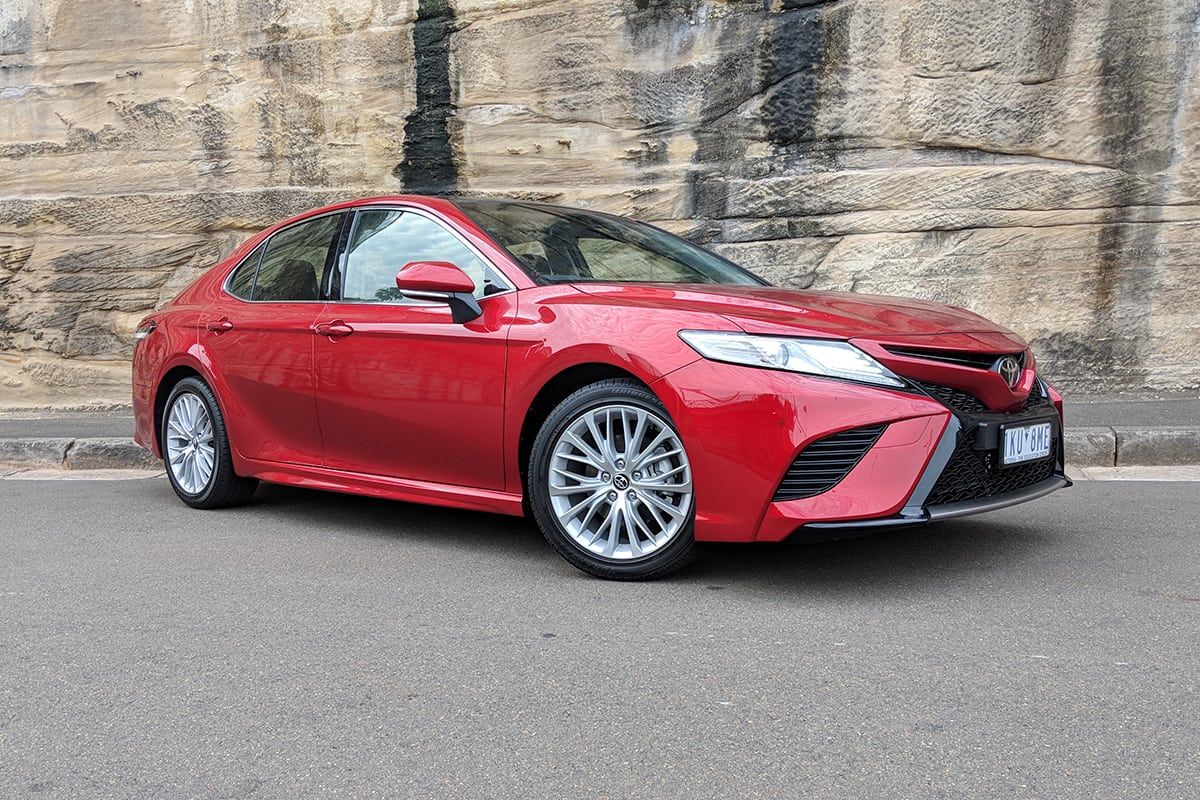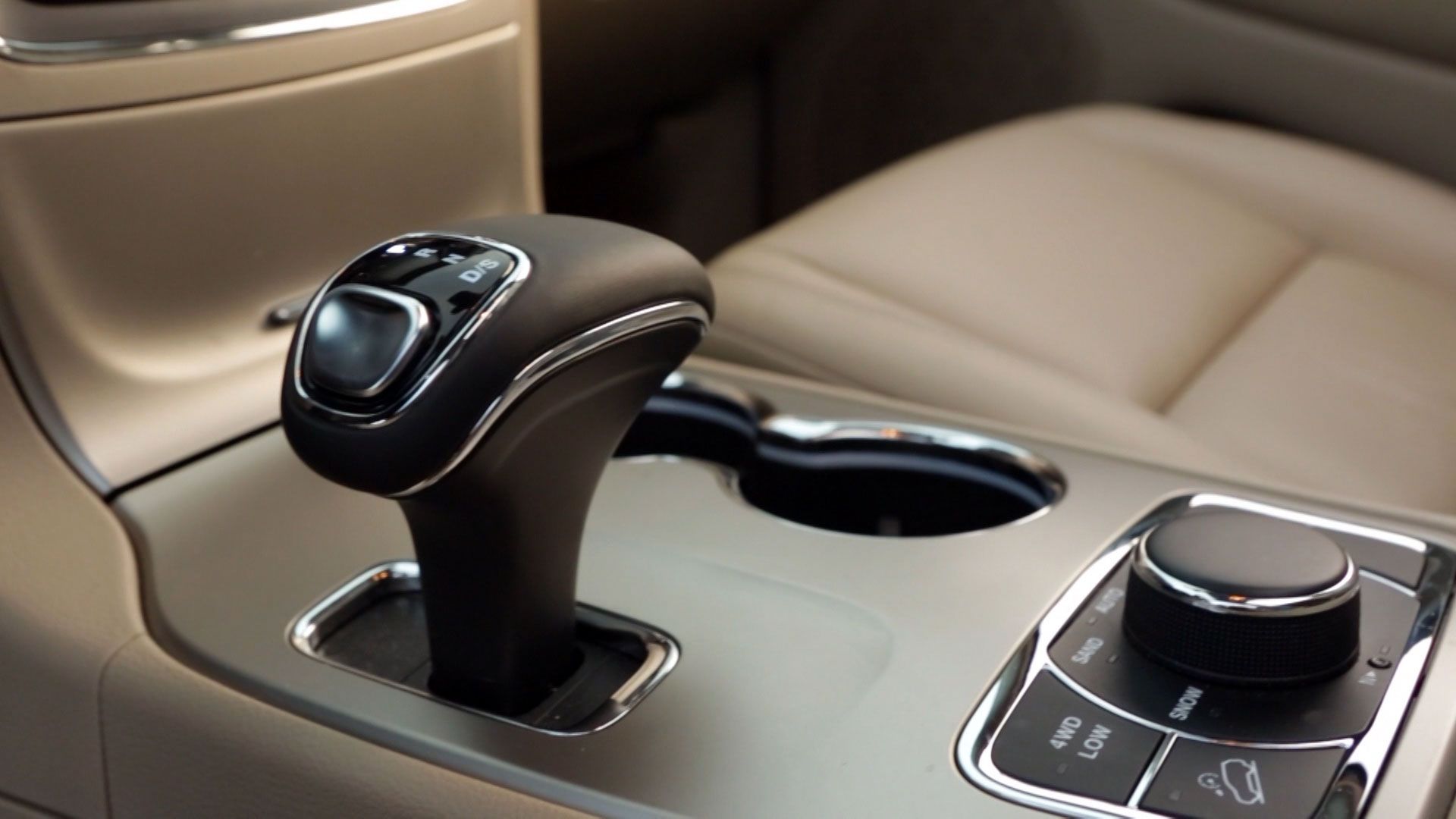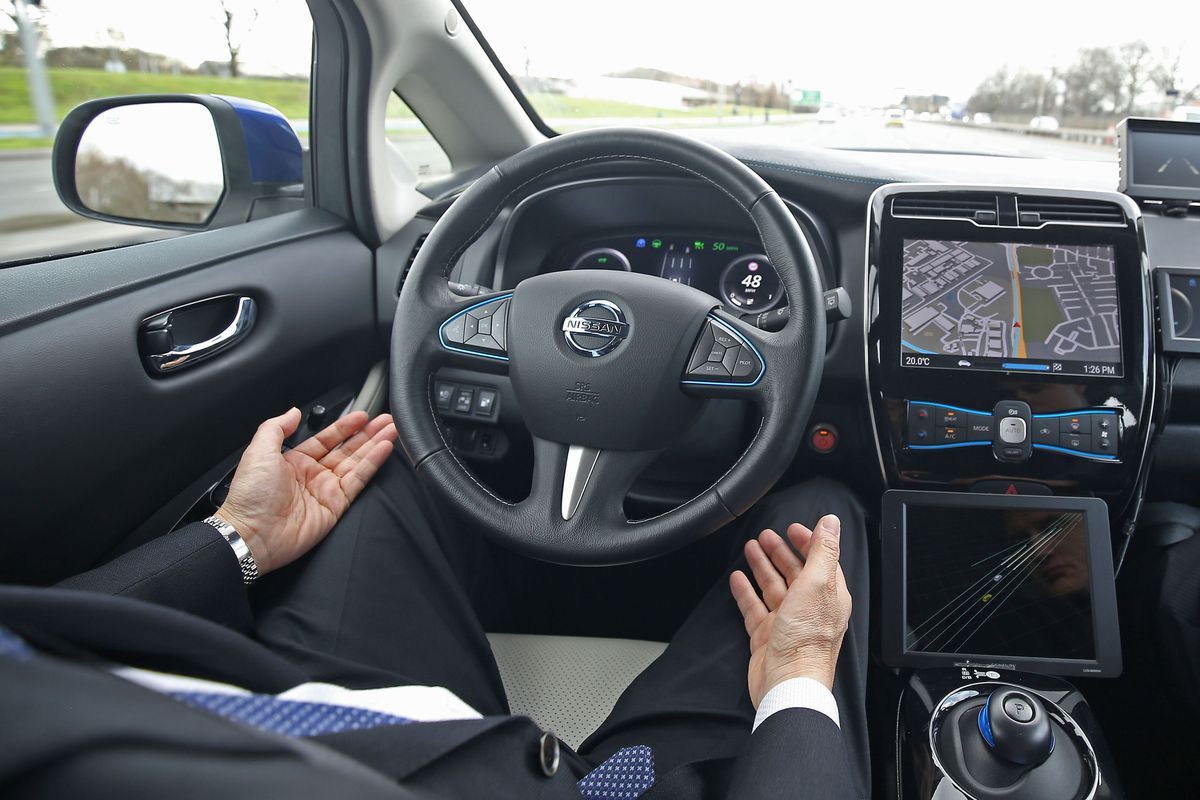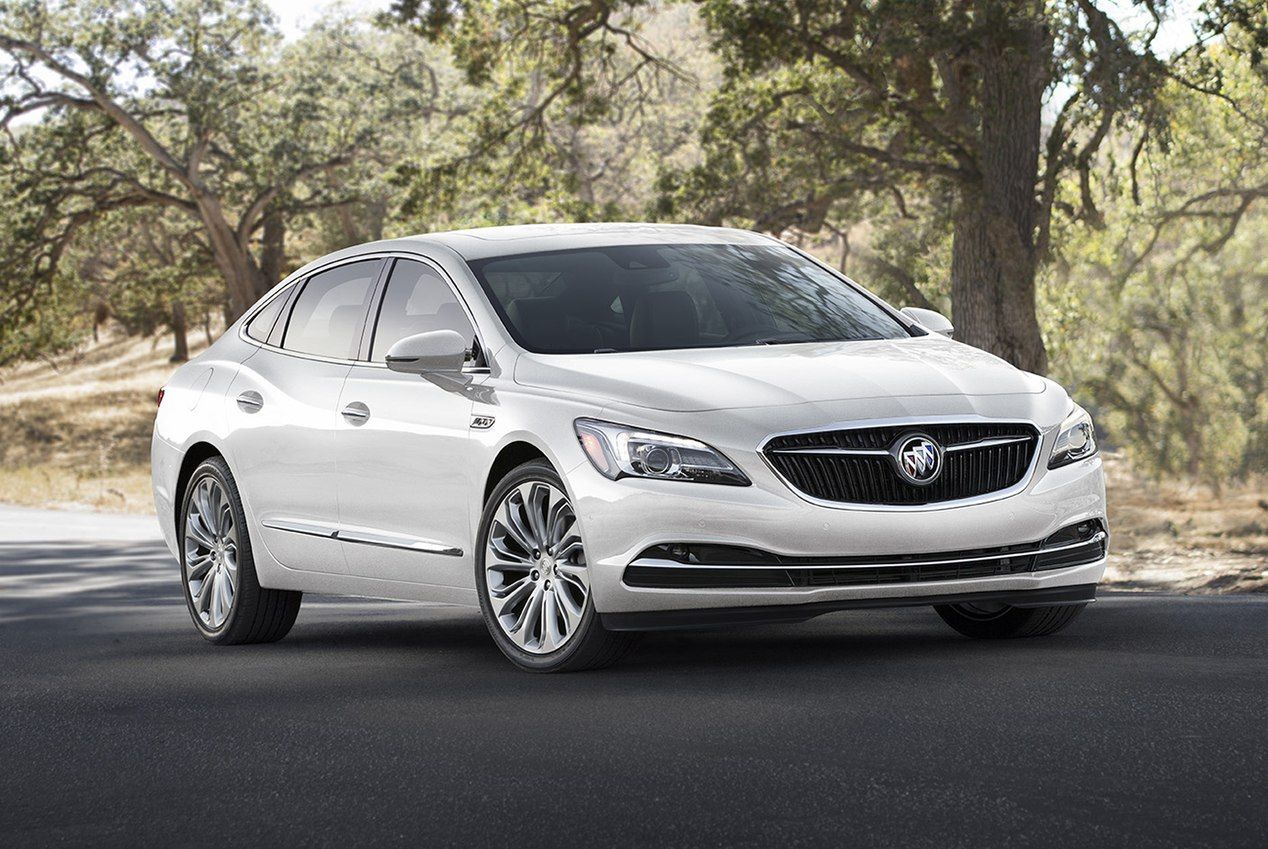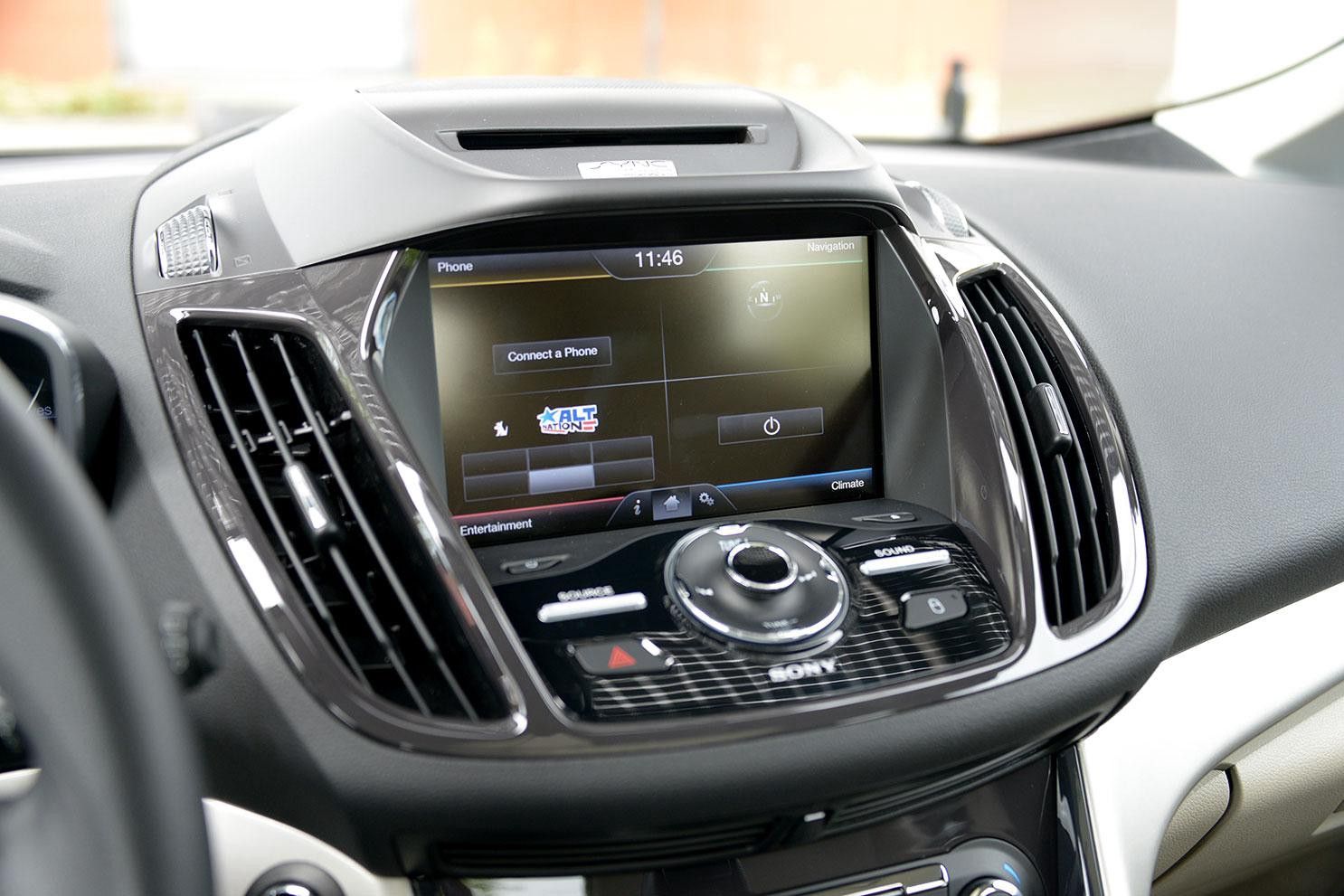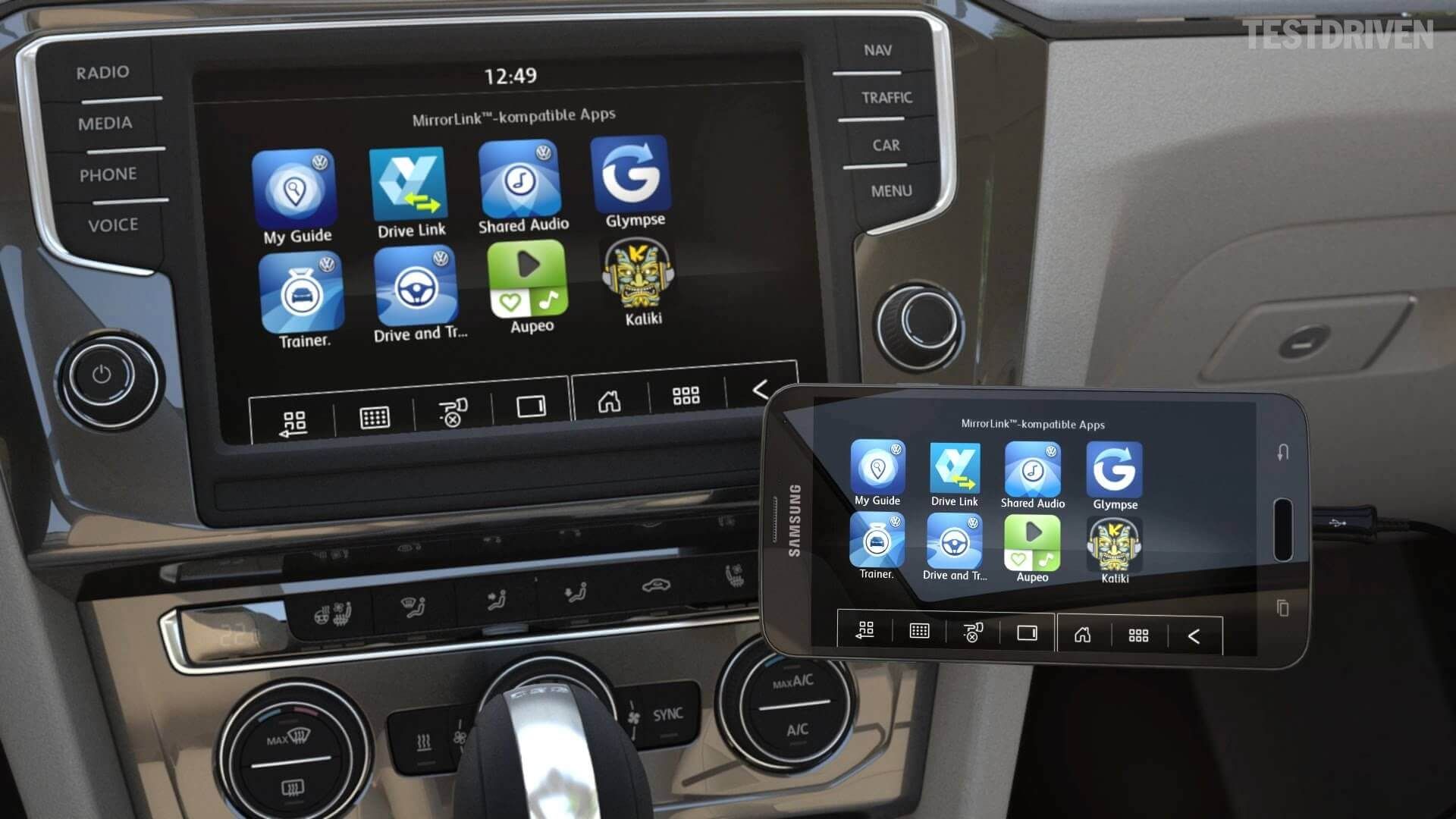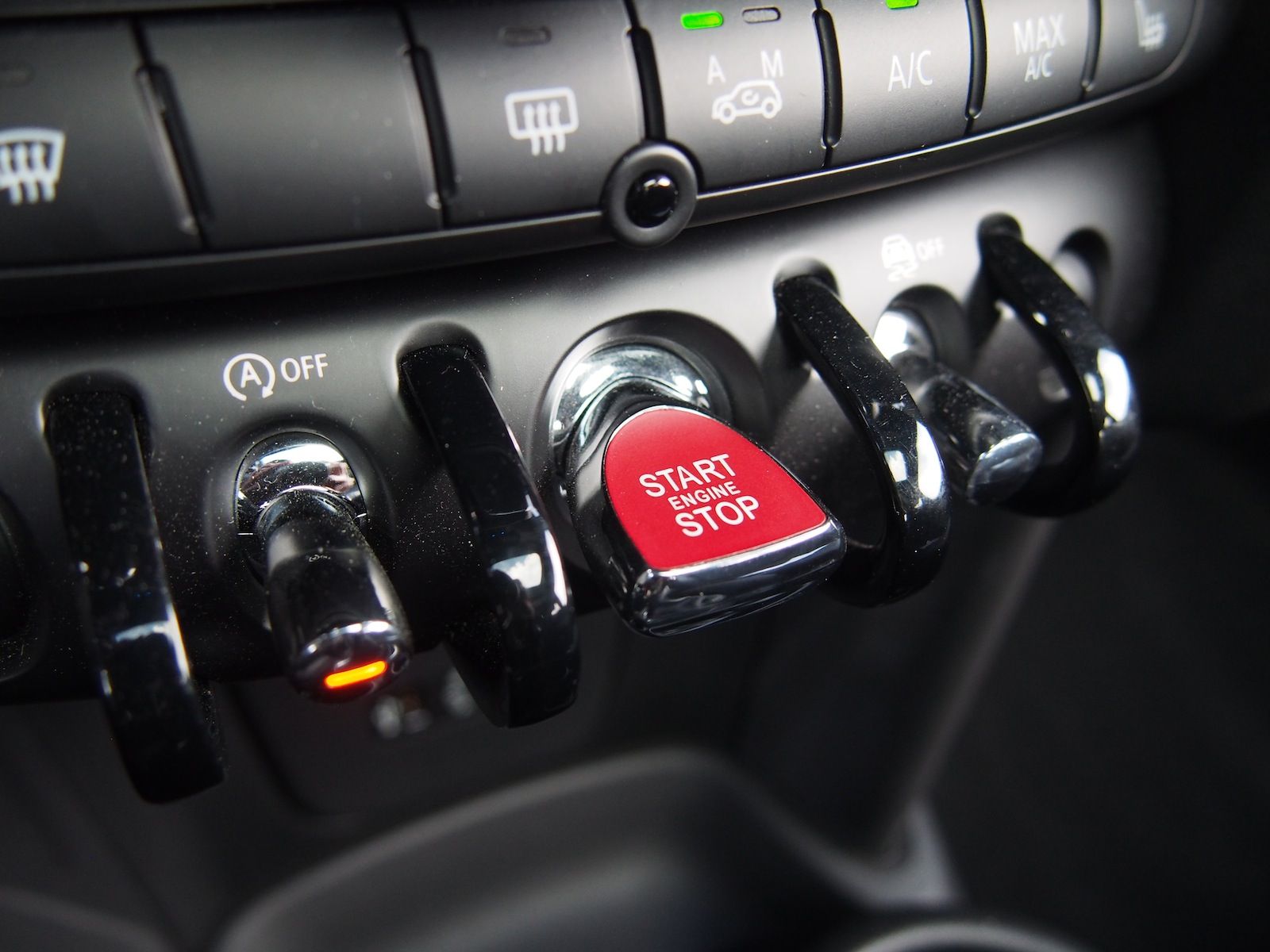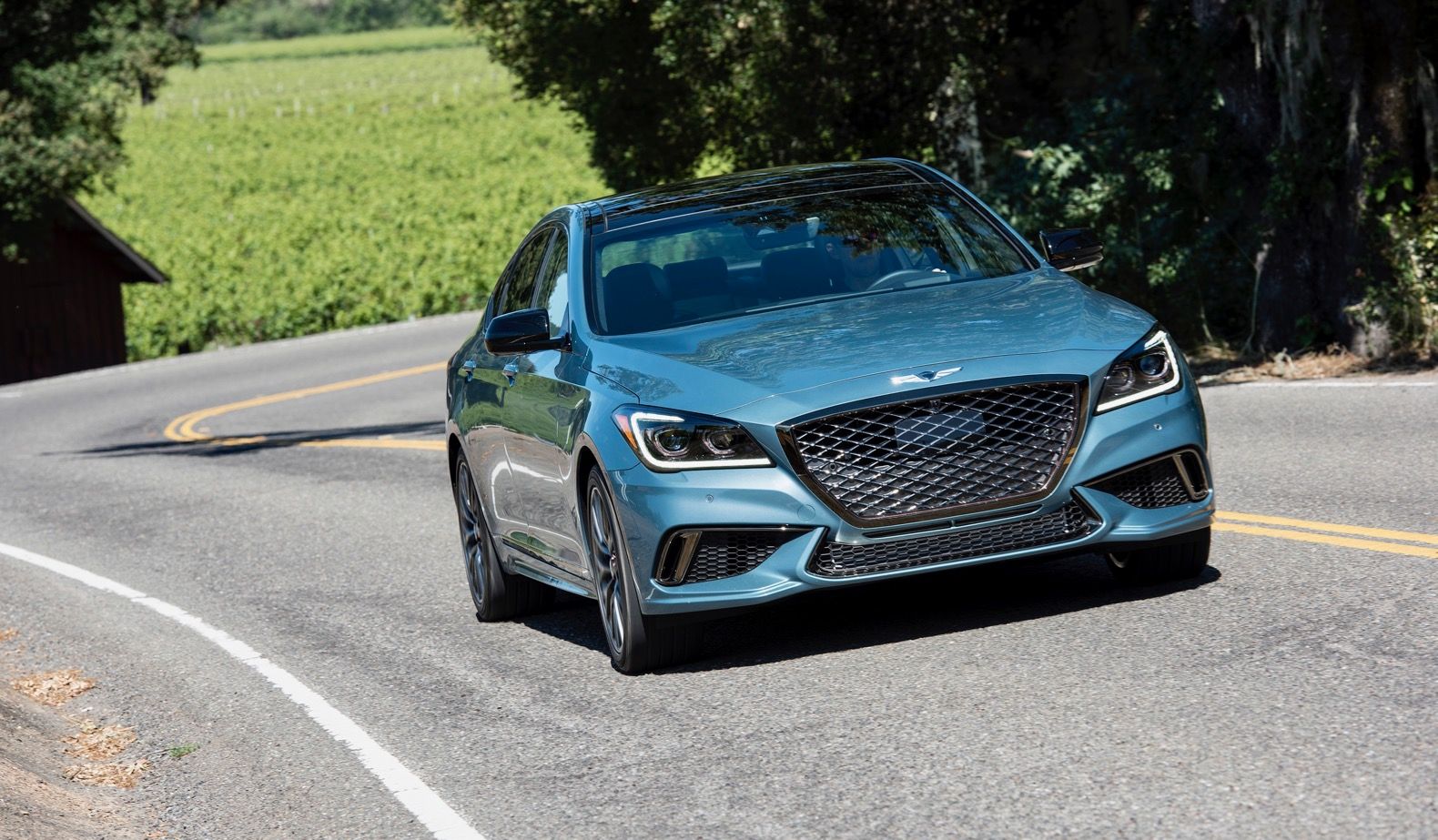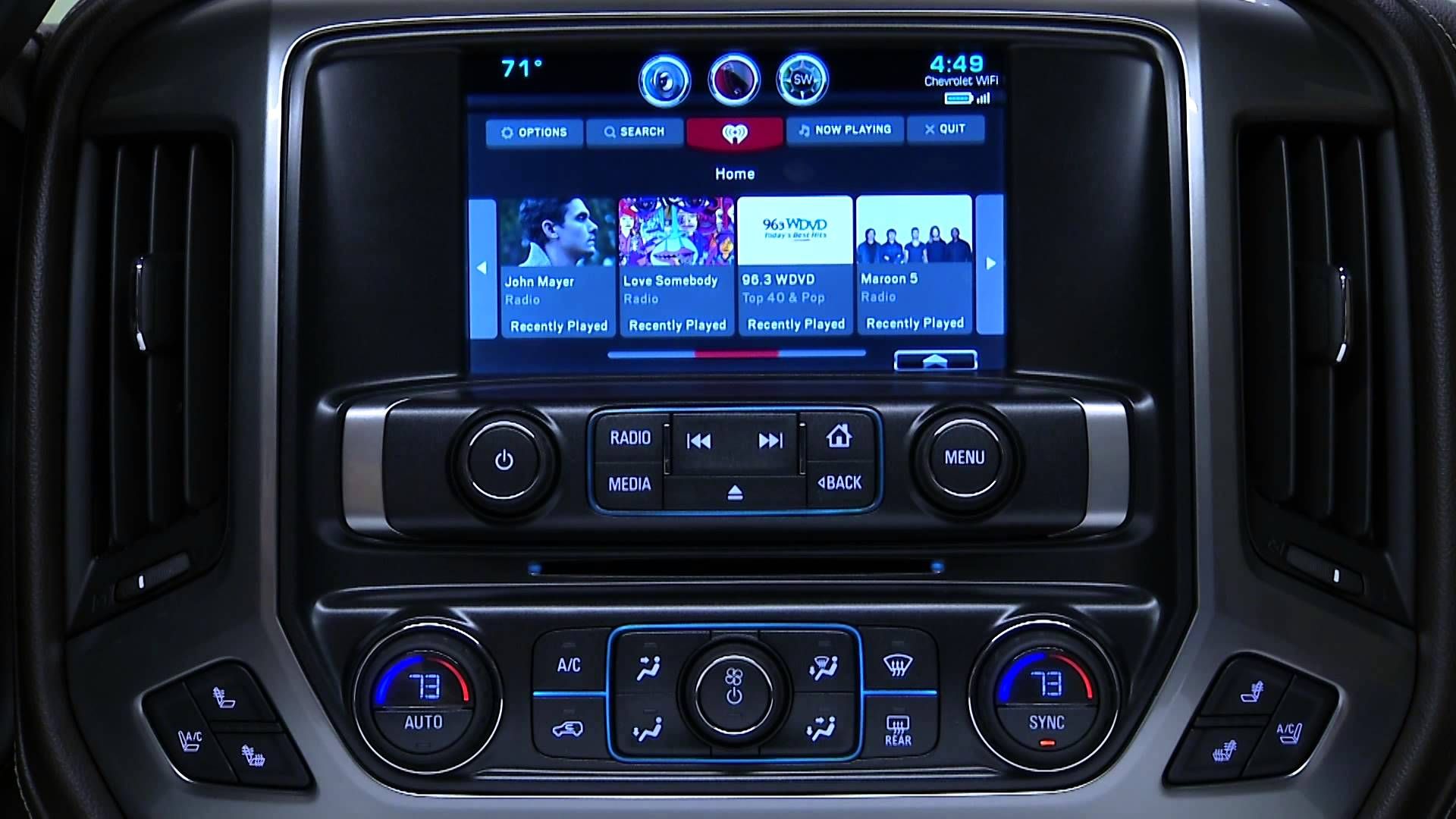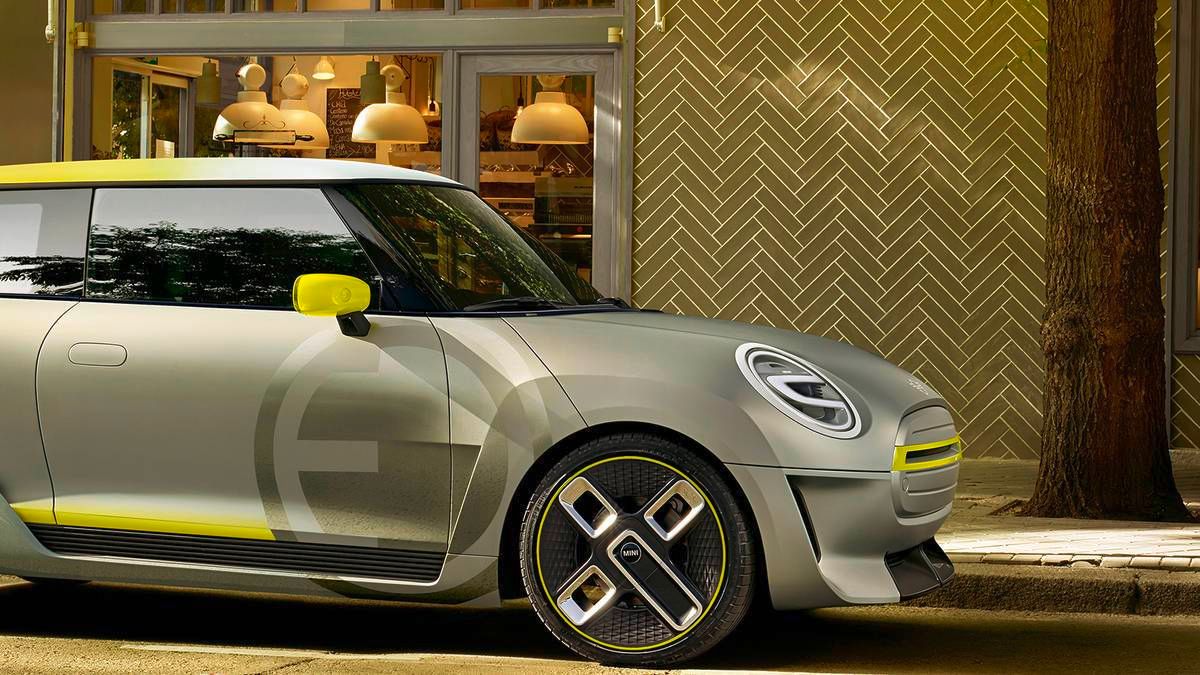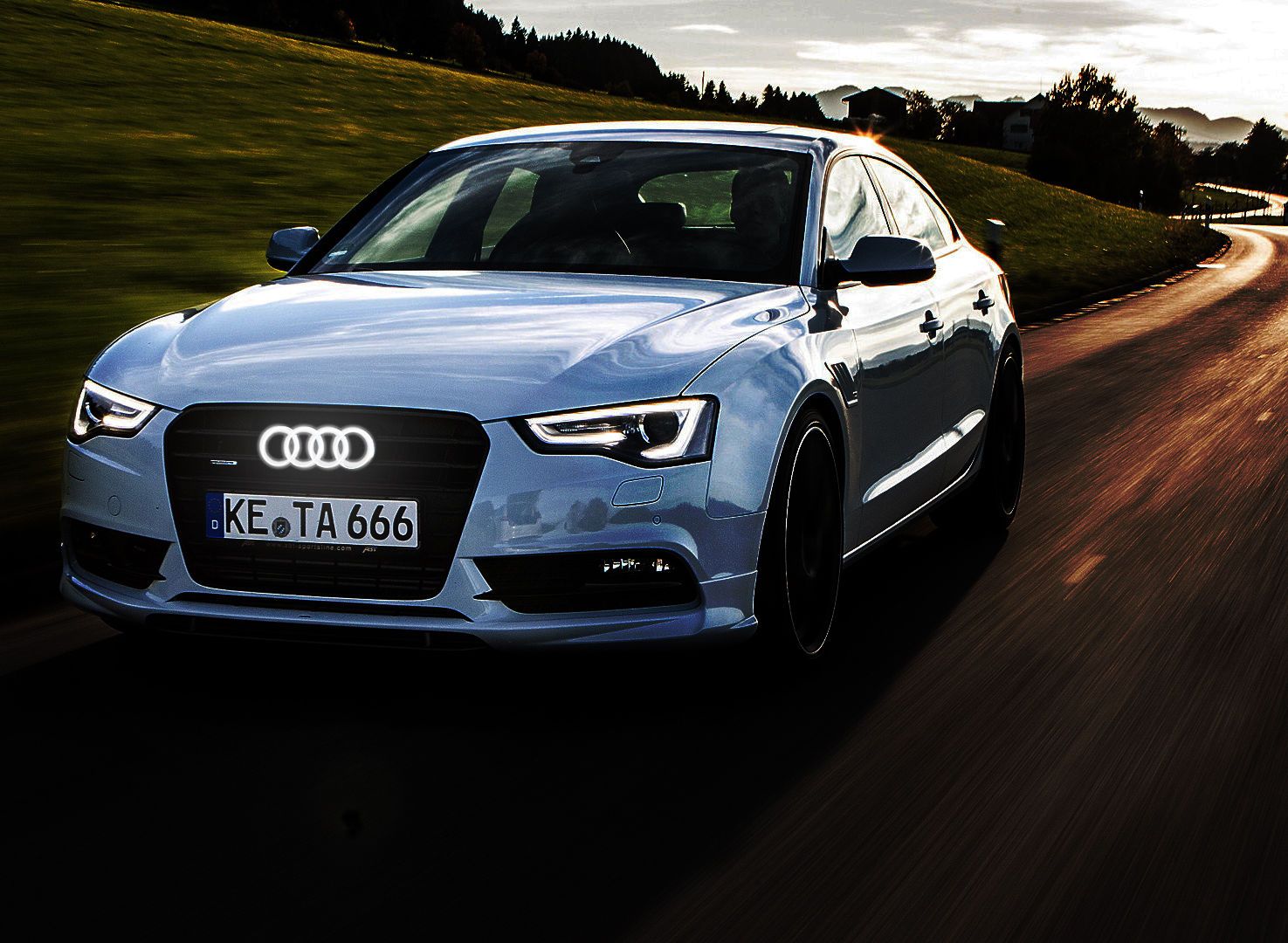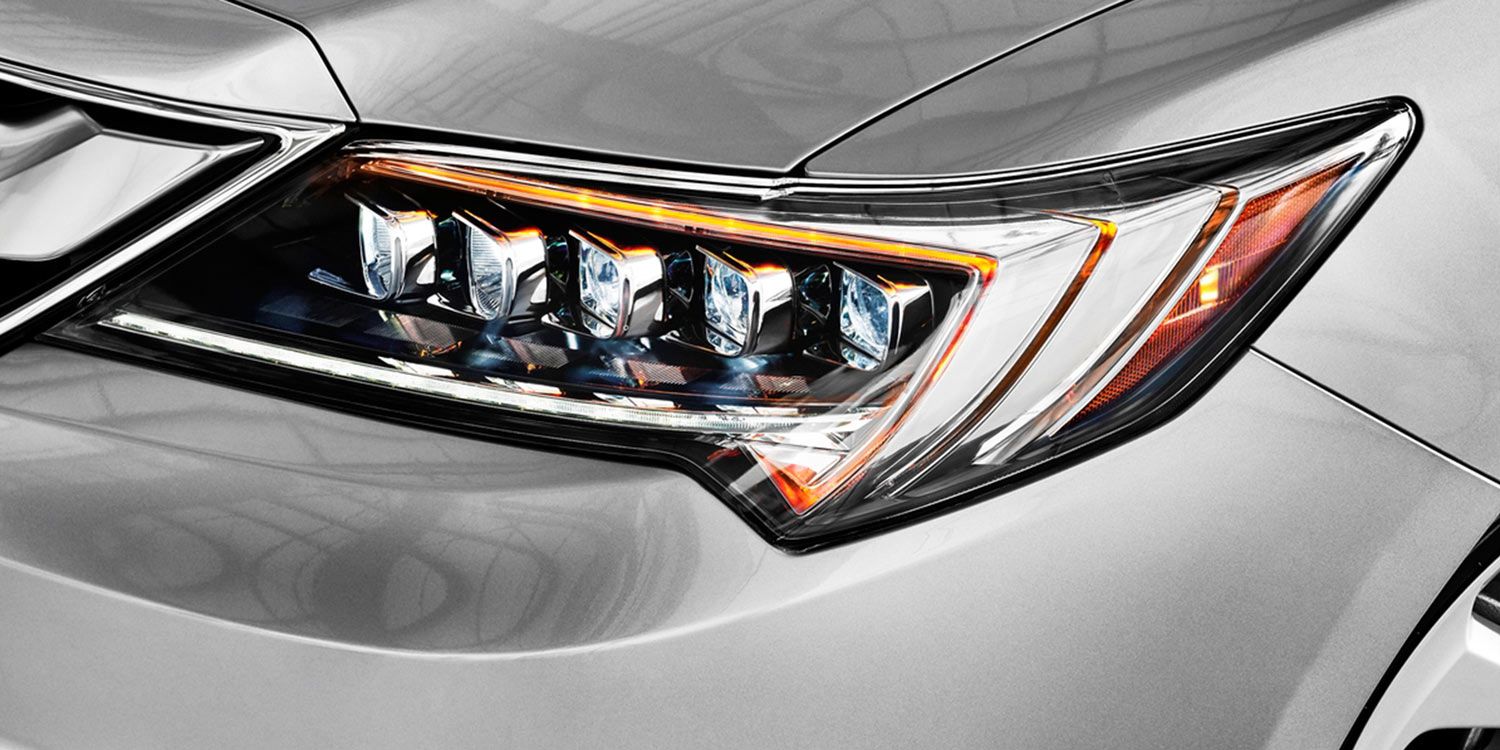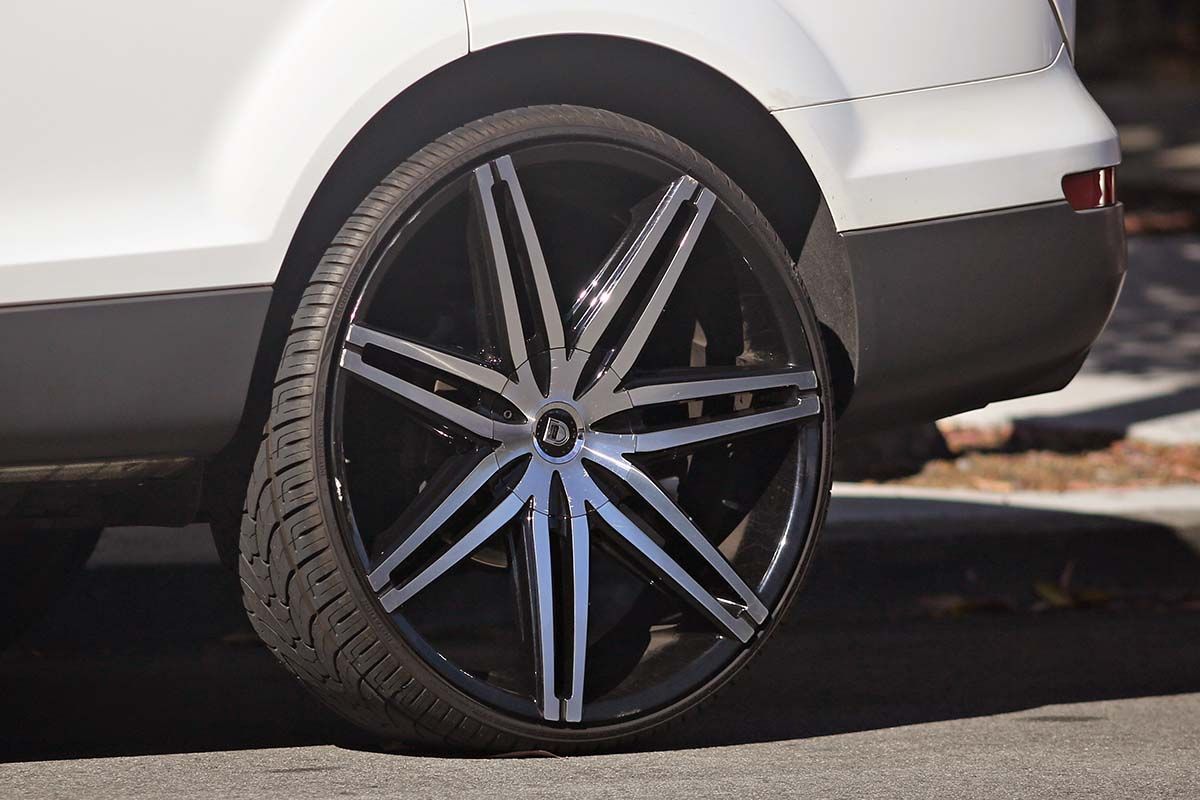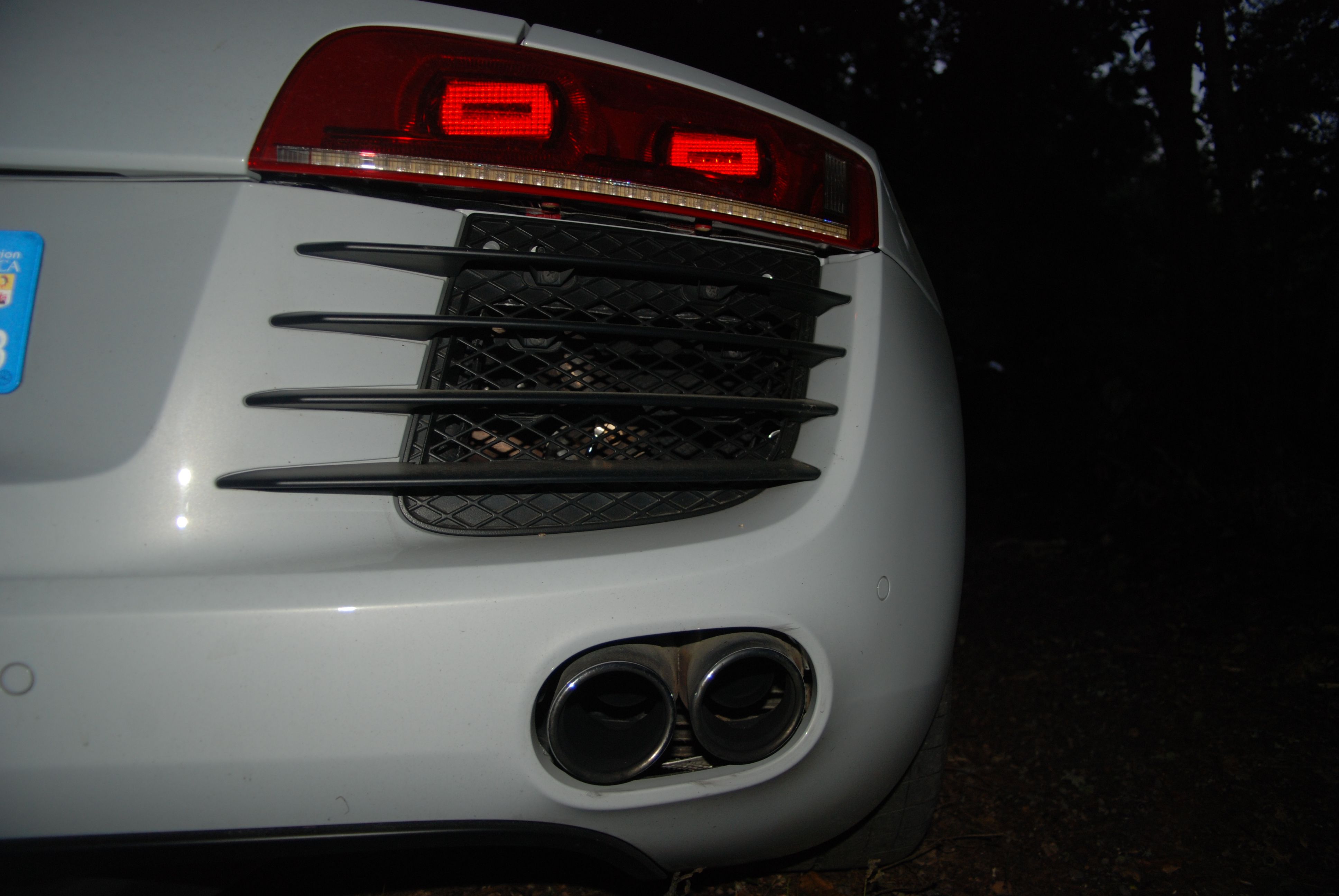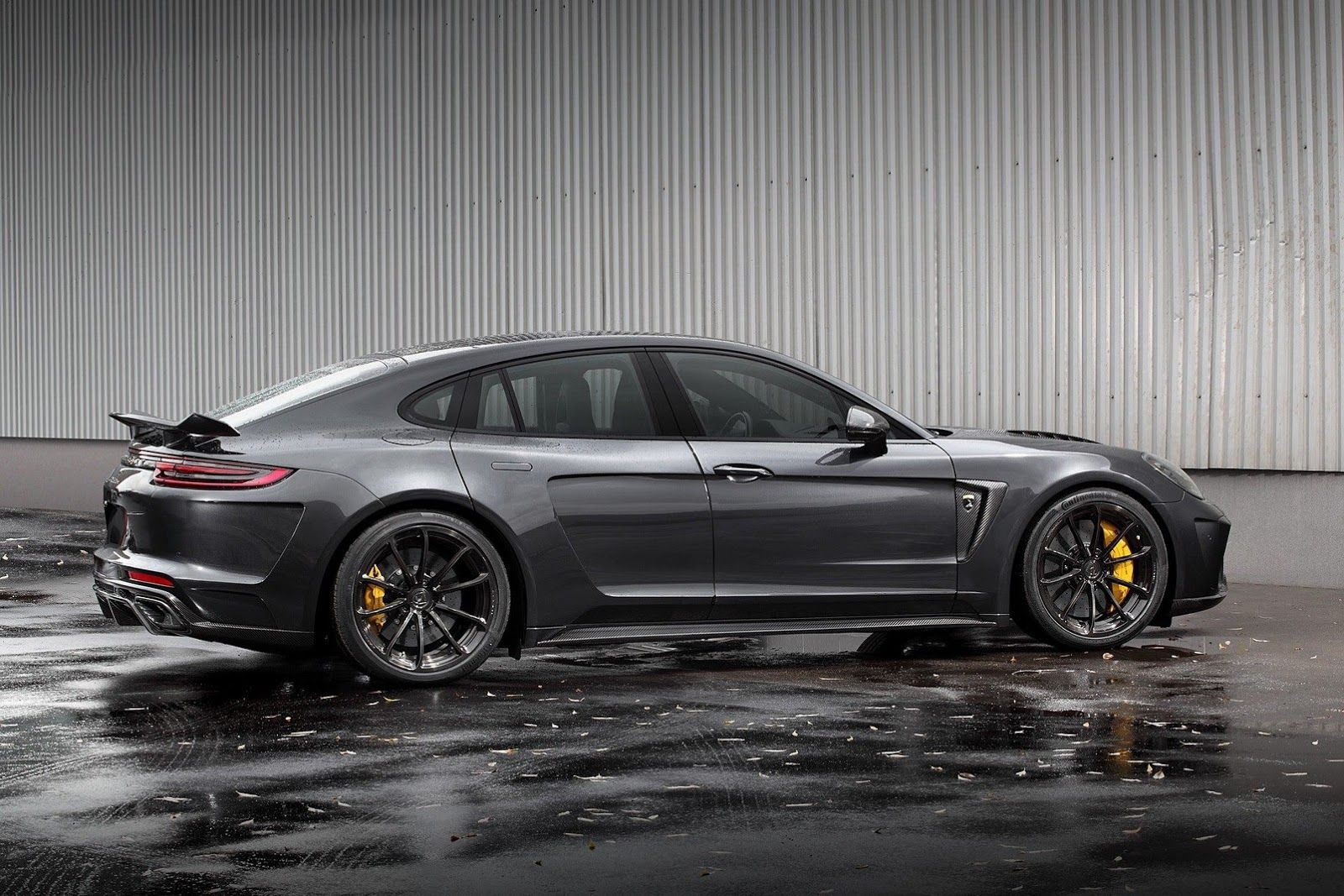Automotive trends come and go, that's just the way things are… Some are good, some are bad. With technology advancing at a pace that is heretofore unprecedented, it’s hard not to get lost in the hubbub of advancements and new things on the rise, new features and gadgets that are coming out in 2019 or 2020. But sometimes simpler is better. Sometimes you don’t need all the gadgets and newest flashy things on your car to be cool. Sometimes it’s too much and should just be avoided.
We’re reaching the late stages of the 2010s, as freaky as that sounds, and things are changing even faster than they did just a decade ago. There have been massive strides in safety, technology, fuel economy, and more in the last few years alone. Electric powertrains are here to stay, safer shifters, better infotainment systems, the return of brilliant car designs that make driving easier and more fun and more comfortable… these are all just some of the changes that we’ve seen in recent years. And, according to many, autonomous, self-driving cars are on the horizon in a big way.
All in all, it’s a pretty great time to enjoy cars. But not everything is completely cool in the automotive world. For every new amazing feature we’re introduced to, there’s something equally as cringe-worthy out there—something that makes us slap our heads in confusion. We have so many superfluous trends that have taken over, and many of them just need to go away.
So enjoy these 19 car trends that we think need to go away in 2019 and beyond.
19 Fake Vents
Another thing that goes along the lines of “fake things that are unnecessary” are these fake vents that we’ve been seeing more and more recently. Performance affectations are definitely understandable, and they give cars a bit of appeal that might be missing, but they’re pretty infuriating on the sides of tops of high-performance vehicles. On a more humbler vehicle, it might make the car look fancy, but when the car is already super fancy, it’s completely unnecessary and a bit tacky. This trend is kind of like bra-stuffing, and when a car has “the goods,” it really doesn’t need to go overboard.
18 Crossovers
As a whole, crossovers are not a terrible thing. They’re one of the most popular aspects of the entire automotive industry, and they’re the fastest-growing segment in the United States.
Crossovers are so popular, in fact, that they have almost successfully wiped out the segments of compact and midsize sedans, completely. The selling points are obvious: taller ride height, increased interior space, etc.
But most crossovers are bland and offensive to the eyes, being little more than two-box blobs on wheels. There are a few keepers, like the Mercedes-Benz GLA45 AMG, Jeep Renegade Trailhawk, and Mazda CX-5, but to the Honda CR-V and Toyota Rav4 owners, sorry, but the roads would be better if crossovers weren’t so popular. It’s a bold opinion, we know, but one that has to be mentioned.
17 Lack of Color
Since roughly the end of WWII up until the late 1980s or so, the car world was full of exciting colors like brilliant reds and blues, purple, deep and bright greens, yellows… you get the picture. People loved their eye-catching paint jobs. But since then, the roads have become a sea of black, white, silver, and neutral tan colors. Many experts think this conformity to “safe” colors has to do with customers being anxious about their car’s resale value. But with new trends like vinyl wrapping, we hope drivers start going back to exciting car colors, so we’re not stuck with the same old boring ones.
16 “Emotional Styling”
This one really grinds my gears. It seems almost every new model that comes out these days—from the Toyota Camry to the latest Ferrari—has been designed with “emotional styling,” according to the automakers. What does that even mean?!
We aren’t sure why they chose “emotional” as the buzzword of choice, but it really needs to go away.
People don’t want “emotion” from their cars, that’s just creepy! (Unless they’re autonomous, I guess). A recent article from Audi headlines with this: “Expect ‘more emotional’ styling from us.” Jalopnik.com, who is always good at asking the hard-hitting questions, has this as a recent headline: “Hey Car Designers, What The F**k Does ‘Emotional’ Mean?”
15 Confusing Shifters
This is one that is more than just practical, but necessary for safety reasons. In 2016, Hollywood and the film world was stunned by the death of young actor Anton Yelchin. And his cause of death was the confusing electronic shifter on his Jeep Grand Cherokee. The strange, complex gear selector was in park, but caused the truck to roll over him once he stepped out of it. The old-fashioned (and frankly, superior) columns and console-mounted automatics have been replaced by a plethora of knobs, buttons, joysticks, and stalks, and they’re useless and dangerous. If it ain’t broke, don’t fix it.
14 Autonomous Overhype
The car world is in a very interesting transition phase these days thanks to ever-expanding technology. In the century-plus history that we’ve had automobiles, never has the future looked so exciting. But for all the recent hype about autonomous cars taking over, we have a feeling that self-driving actualization won’t take over for at least 10 years.
Even new cars these days come equipped with crazy sensors and buzzers and beepers, steering wheels that vibrate and self-adjust, crazy jerky brake and acceleration systems.
Until automakers figure out how to make self-driving cars less gimmicky and crude, we have a long ways to go before the hype becomes real.
13 Super Quiet Cars
Another huge change with the advancement in technology, something that freaks a lot of people out (especially if you’re crossing the street), is the abundance of eerily quiet cars on the roads today. Isolating drivers from road noise has been one of the greatest advances in automotive comfort over the years, but over the past few years these advancements have gone too far.
Combined with smoothly-running engines and push-button starters, these advancements have made it almost impossible to tell whether you’ve turned your car on or off. Carmakers need to do a better job of letting drivers know where they’re idling or not, rather than just hope they stare at their tachometers all day.
12 Non-Touchscreen Interfaces
Touchscreen layouts are so common nowadays they’re pretty much expected in any new vehicle. They give off a sense of modernity and updated technology—of being with the times. For about a decade, the common layout for infotainment systems has been touchscreen-based, with a few analog controls for radio volume and the HVAC system.
But some automakers (we’re looking at you Lexus, BMW, Mercedes, Mazda) use features like dial and trackpads, or a mouse to control their systems.
These extra steps are confusing, cumbersome, and they’re also very difficult to use when you have limited time at a stoplight. Touchscreens and knobs should be the only option, and we hope they are, across the board, in the future.
11 Competing Software
Another thing that correlates with touchscreen interfaces is all the different competing, “proprietary” software that car companies come out with. Things like the Ford Sync, BMW iDrive, Cadillac Cue, and all the other company-specific infotainment software that only work with company-specific cars. One of the best recent technological introductions for consumers was when the Apple CarPlay and Android Auto came out. Since most people have an iPhone or Android, and most people sync their phones to their car’s infotainment systems, it makes sense that Apple and Microsoft would design software to integrate the two. So instead of glitchy, competing systems, we’d have familiar, simple, easy-to-update systems that we can rely on.
10 Unrefined Auto-Start/Stop Systems
Auto-start/stop systems have been in place for years by automakers around the world, as a means to stay up-to-date, relevant, technologically-driven, and most importantly to conserve fuel.
But they malfunction all the time, and if you’ve ever driven a car equipped with one of these systems, say, in a busy city, you probably know the fear/anger of stalling at every other stoplight.
Car companies like Buick have gone to great lengths to make their systems unobtrusive and as seamless as possible. A few other premium companies still sell cars that roar to life every time you take your foot off the brake. The auto-start/stop systems have been out for long enough to be more refined. Otherwise, get rid of them altogether.
9 Massive Grilles That Are (Mostly) Closed Off
This is another pretty new development that just about every car company has embarked upon. It’s like automotive designers are in an arms race to see who can create the biggest grille. But then you get close to the car and realize, most often than not, that more than half of the grille is blocked off and serving absolutely no practical purpose! There’s no good reason why these massive, closed-off grilles need to exist, and quite frankly we think they’re a bit of an eyesore. For instance, about half of the grille on this new Chrysler Genesis G80 is completely unnecessary.
8 Wi-Fi
Wi-Fi in cars seems like a great idea, on the surface. But Consumer Reports has pointed out that having service in your car is typically little more than a money pit. Everyone gets a “honeymoon” period with their new cars, where payments are low and bills are scarce, but after the first few months, that honeymoon period ends… and then you’re left with paying for another bill on top of your car (and internet) payments, and it often comes as quite a shock to consumers. If anything, it makes the company seem disingenuous and money-greedy, like they’re just out there to gorge on your wallet with the fine print. So maybe Wi-Fi needs to go, or payments need to be less expensive.
7 Asymmetrical Wheels
Okay, we might be getting a bit nit-picky here, but this is a valid design flaw to point out, in our opinion. Wild and crazy wheel designs can be great, and they’ve been popular for many, many years.
But sometimes companies (and the consumers that buy these designs) go off the deep end and go overboard, trying too hard to impress, and really coming out just looking bad.
It’s not great when the wheels end up facing opposite directions on opposite sides of a car. It’s really quite angering to see, and we have to just slap our foreheads and think “What on Earth were they thinking?”
6 Floating Roofs
This recent bit of design-work is very irksome, and it’s a stupid bit of design language because it interrupts the natural flow of the eye moving over a car.
No car should have this lazy, “floating roof” design look, whether it’s a gorgeous Aston Martin DB11 or a Nissan Murano.
Car companies think they’re adding texture when they’re really not, or they think they’re being clever with their design, when really it’s a bit persnickety and off-putting. Shape the roof like a roof is supposed to be shaped, unless there’s some actual reason for the design. Otherwise it just looks like you’re trying too hard.
5 Light-Up Badges
When did this become popular again? Pretty recently. There was a time in the early 2000s, also, when light-up badges were a popular thing, along with neon colors and lights underneath cars. Every night we’re assaulted by streets full of cars, shouting their badges and names at us. Expressive designing is fine and should be enough by itself—most people know what a Toyota looks like, as opposed to a Mercedes (though the lines are becoming a bit blurred in the sedan segment…) We don’t need to get hit over the head with it by light-up badges. Plus, when those things go out, repair costs are higher, and drivers tend to get distracted by them.
4 Jewel Headlights
The new LED jeweled headlights we see are a bit superfluous and unnecessary, too. It’s like car companies want you to think that their headlights are made out of diamonds or something. To us, it really just looks like the car company was inspired by bugs, and we don’t want to be looking at spiders or creepy flies when we’re staring at the front-end of a car.
Multiple light cubes in the housing are just designing for the designer’s sake, and don’t serve any practical purpose.
The look much less sleek than even the pop-up headlights of old, and are just another way that a company can charge exorbitant amounts for their car—by making it look more expensive than the parts it’s made from. BMW’s X6 “Sports Activity Coupe” is what started this “coupeover” mess, and it needs to go away.
3 Excessively Low-Profile Tires
There’s something greatly aesthetically pleasing about tires that look barely thicker than a toothpick and that has been stretched over the edge of a wheel large enough to look like a cartoon. It adds a lot of visual presence to the car, most of the time. But if you spend a little time in one of these cars, perhaps going over a bumpy road, you’ll see that the traction you get and the rubber-to-metal ratio is just not all there, and quite uncomfortable. Especially when you consider that not every SUV needs to be on 22” wheels wrapped with low-profile tires—leave that to the supercars, and get something more practical for your next car.
2 Fake Exhaust Tips
These days, there are definitely some very slick-looking exhaust tips on new models of cars. But one problem that is quite prevalent is the abundance of FAKE exhaust tips. Many of those sleek tips you see are culprits of this behavior.
In many cases, they’re just fancy outlets molded into the rear bumper with a regular rounded pipe behind it, like on the Mercedes-AMG CLA45. Sometimes there’s not even a cutout, either, like on the 2019 Audi A6.
It’s just tacky and cheap looking, and quite a disappointment considering how high-end these cars already are. The fake exhaust tips are unnecessary and need to go.
1 Coupeovers
The word “coupe” should (and has been, in the past) reserved exclusively for vehicles with two doors—though some cars with small suicide doors, like the Mazda RX-8 and the late-90s Saturn SC are forgivable for this. But a “four-door coupe?” No, that’s a sedan. A “coupe crossover?” That isn’t even a real thing. Beyond the ugliness and inherent pointlessness of naming vehicles like this, automakers will actually charge more for them than their standard equivalent, traditionally-shaped vehicles. You pay more for nothing, and in fact you’re paying more for less, and the car doesn’t even look great. Get rid of it.
Sources: cnet.com, cheathseet.com, jalopnik.com

